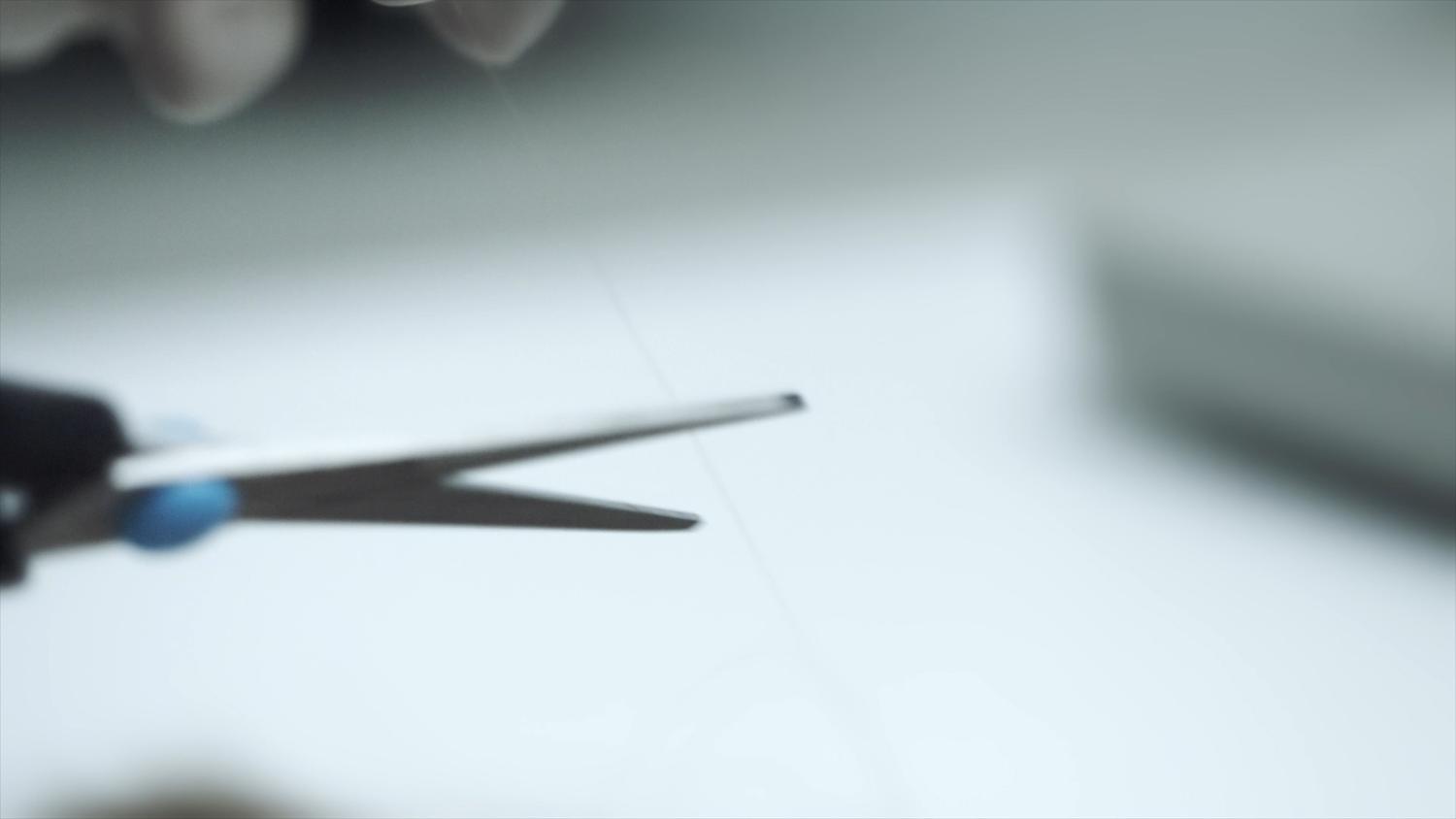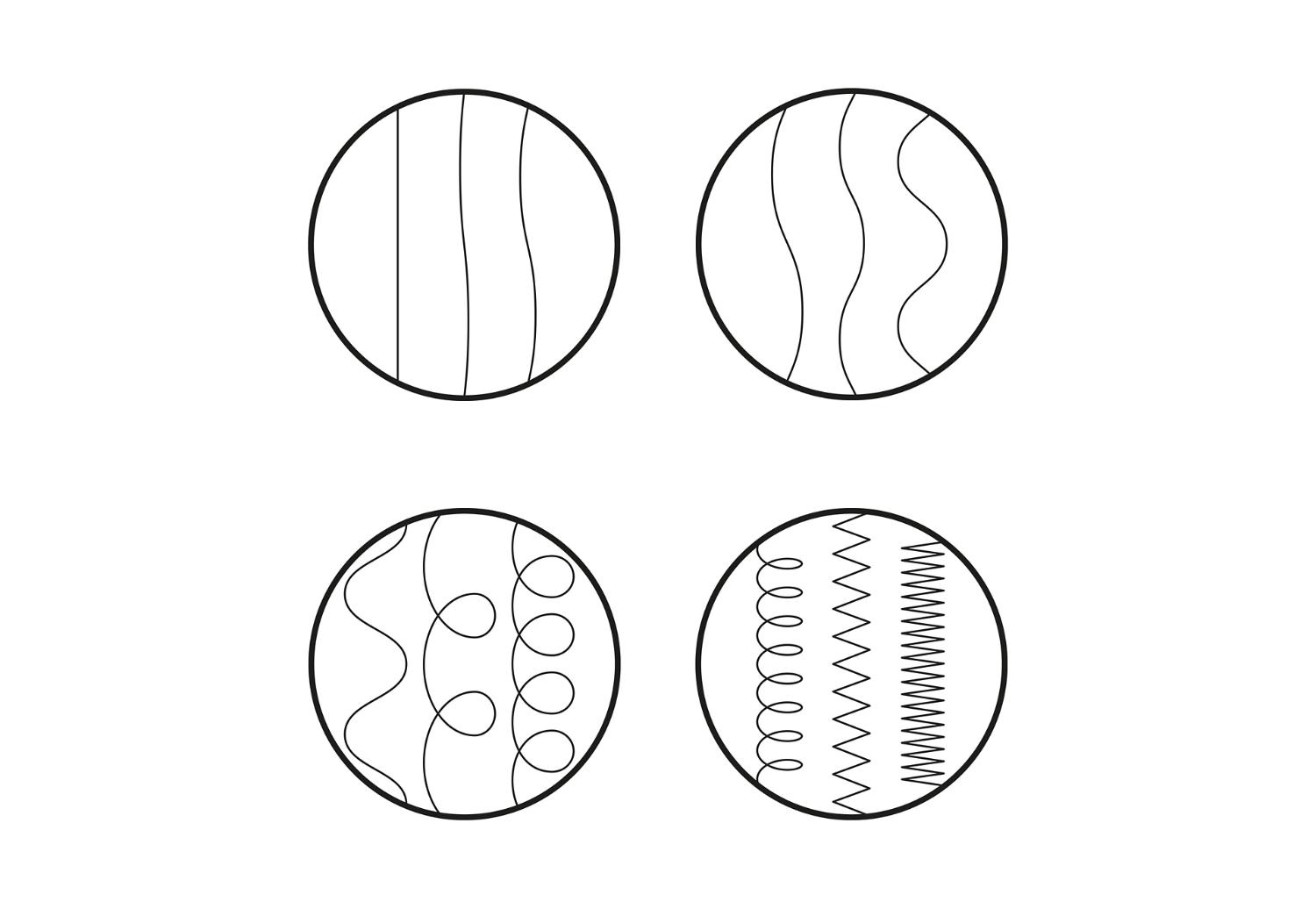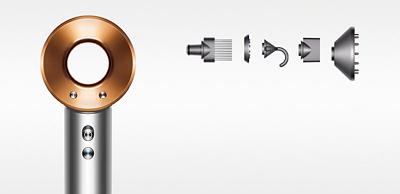The hair lifecycle
-
Lifespan of a hair in years
-
Up to 100 hair strands are lost each day
-
There can be as many as 150,000 hairs on a human head
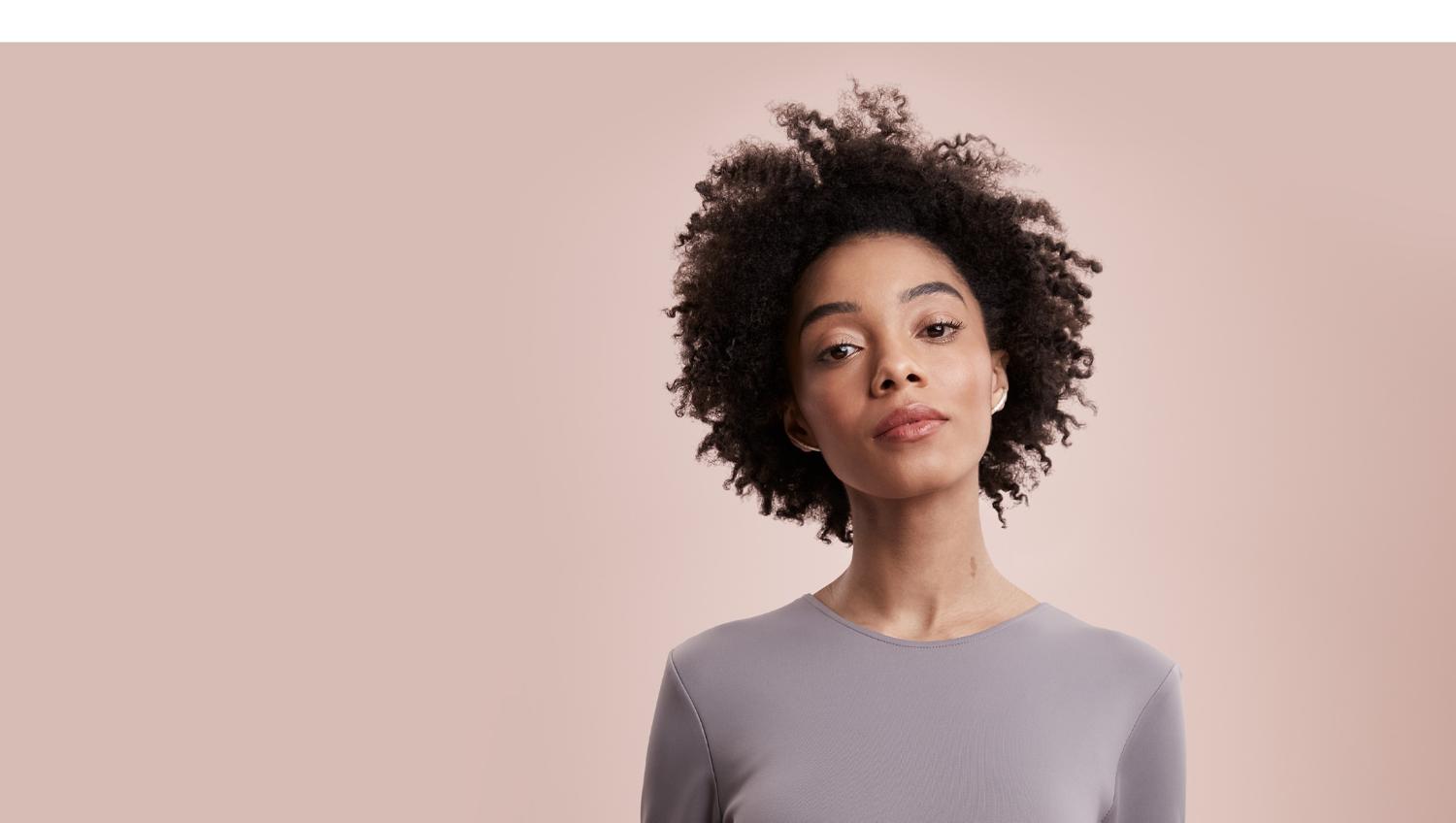
Science, not guesswork
At Dyson, we want to know everything there is to know about hair. We're obsessed with the science behind hair and use it to engineer our technology. No guesswork, no gimmicks, just tried and tested science.
What your hair type means for you
Understanding your hair type can help you learn how to define and take care of your hair – and choose the best technology for you. We can roughly categorise 'hair shape' into four main groups. Each is then split into three subtypes – A, B, C – to describe the intensity of the curl pattern, with ‘A’ being the looser shape.
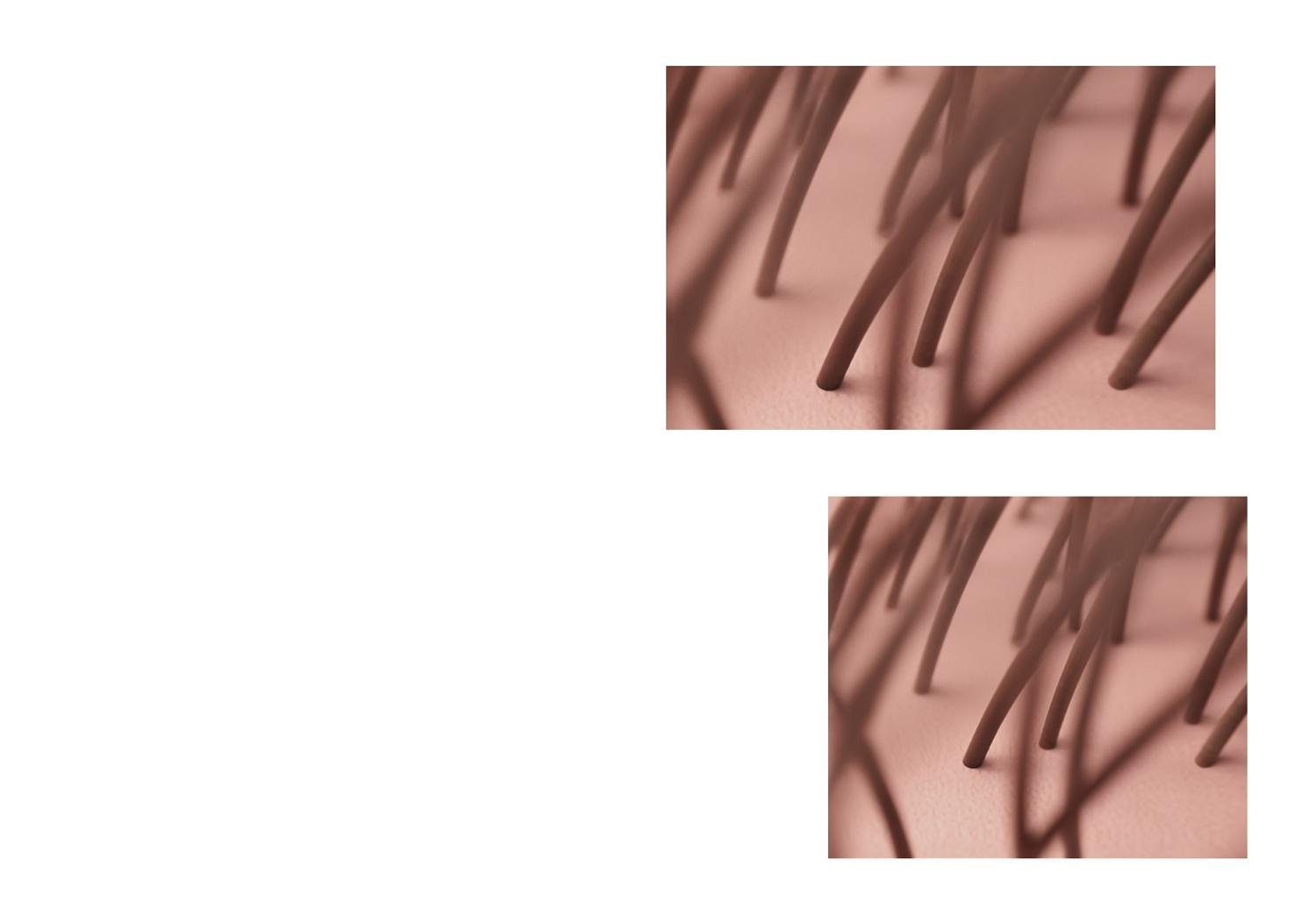
Hair density vs hair thickness
Hair thickness can be made up of two factors – density and strand width. Density is the amount of strands you have, while width is the thickness of the strand.
If you're not sure what strand width your hair is, take a piece and rub between two fingers. If it feels like cotton, your hair is coarse. If you can barely feel it, your hair is fine.
Avoiding exposure to excessive heat
-
Maintaining scalp health
Dyson's Intelligent heat control helps protect the scalp barrier from excessive heat. Helping to maintain your scalp's moisture levels when styling.
-
Retaining moisture
Excessive heat can make hair more porous – meaning it can gain or lose water easily. The imbalance can weaken hair and reduce style retention.
-
Preventing breakage
Overexposure to excessive temperatures can weaken the bonds in the hair. Losing strength and elasticity over time can make it more prone to breakage.
-
Maintaining shine
Hair can look dull, if damaged, as a result of cuticles lifting and scattering light. But when hair is healthy and aligned, it reflects light evenly – appearing shiny.
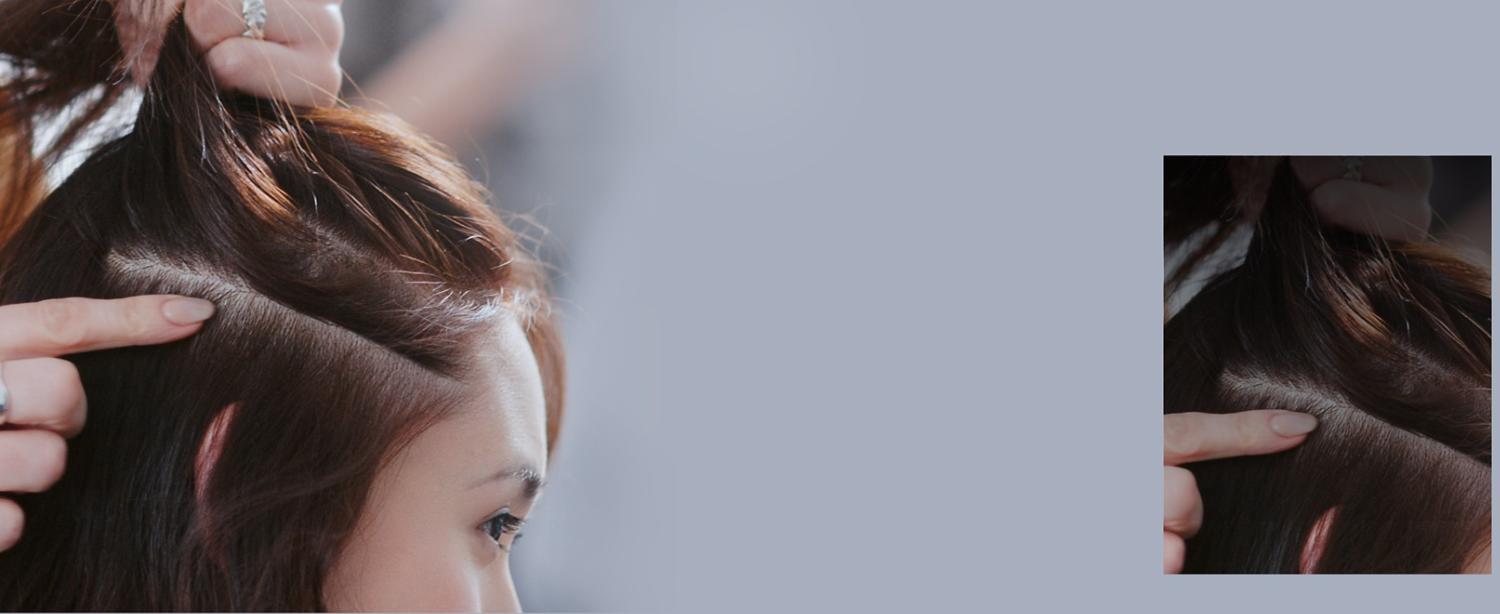
What is a healthy scalp?
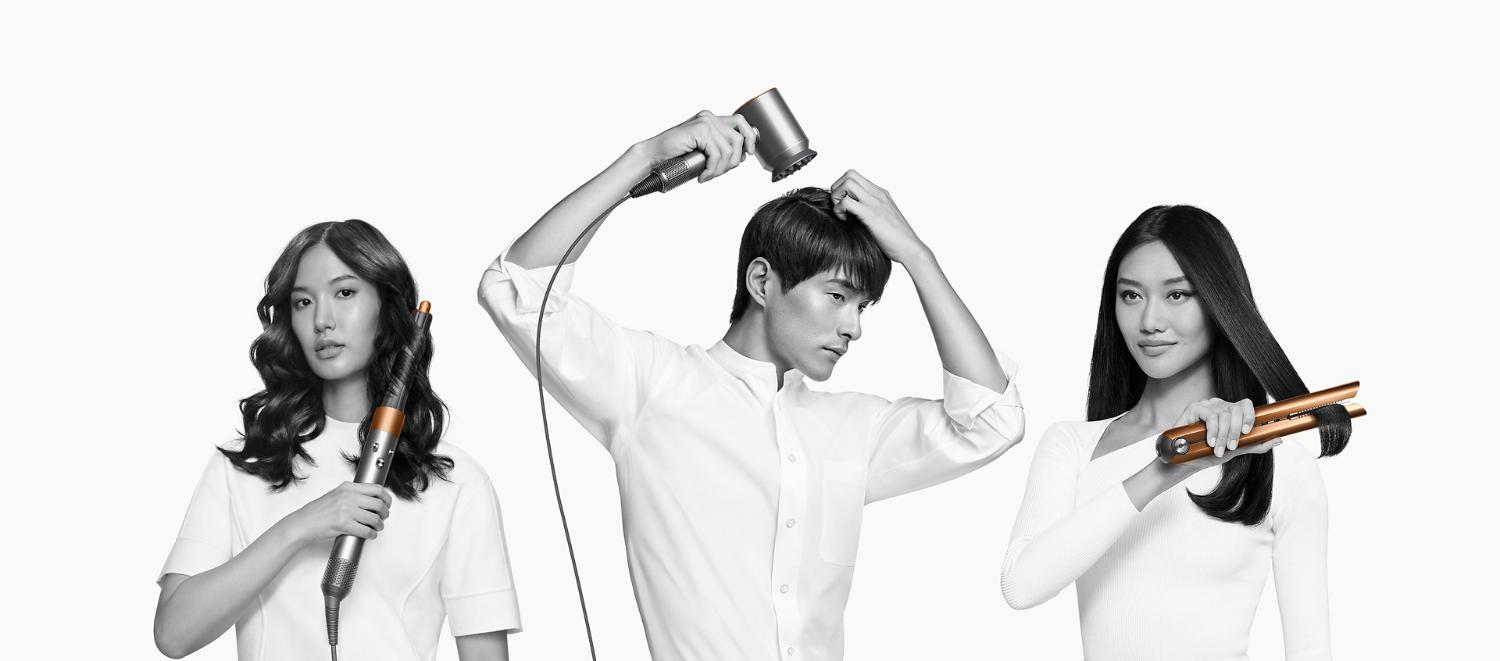
-
Dyson Airwrap™ multi-styler
Combining powerful airflow with Intelligent heat control, the Dyson Airwrap™ multi-styler can create multiple styles using the Coanda effect, not excessive heat.
-
Dyson Supersonic™ hair dryer
The Dyson Supersonic™ hair dryer is fast drying with no excessive heat. For precision styling with controlled airflow, to embrace hair's natural shape.
-
Dyson Corrale™ straightener
The cord-free Dyson Corrale™ straightener features flexing manganese copper alloy plates, for enhanced styling. Designed for more control and reduced reliance on heat.
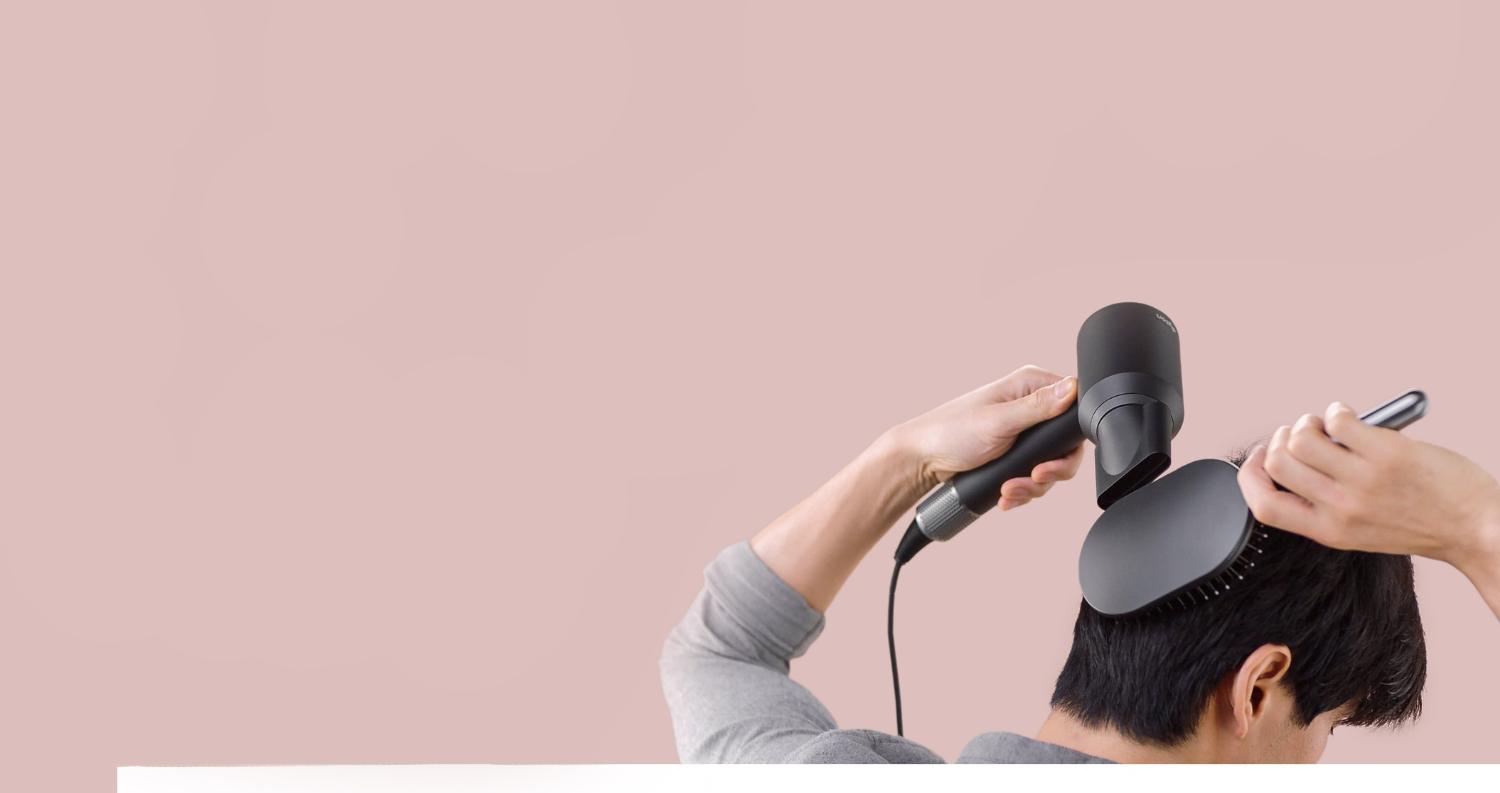
Avoiding mechanical damage
Using abrasive, physical tools on your hair can roughen cuticles and cause strand friction. Dyson has invested £100m into global hair laboratories to create devices which are specifically designed to avoid breakage.
-
Specifically engineered accessories
Improve your hair styling routine or keep your machine protected with our range of accessories. Thoroughly researched, each accessory has been prototyped numerous times until we’re completely satisfied with the performance and endurance.
-
Research-led attachments
Engineered to upgrade and enhance your styling routine, create versatile styles and finish your look while avoiding excessive heat. Created with your hair health in mind, they have been designed to be comfortable to use on your hair and scalp.

